Hi there, pet lovers! 🦖
If you’re fascinated by large, prehistoric-looking reptiles, the Rhinoceros Iguana (Cyclura cornuta) might have caught your eye. With their rugged appearance, prominent “horns,” and impressive size, these iguanas are truly one of the most unique reptiles in the pet trade. However, they are not for everyone. In this detailed review, we’ll explore everything you need to know about Rhinoceros Iguanas, from their temperament and care requirements to their availability and costs. Whether you’re considering one as a pet or simply curious about these fascinating creatures, this guide will help you make an informed decision.
Overview
Rhinoceros Iguanas are large, terrestrial lizards native to the Caribbean, primarily found in Hispaniola (Haiti and the Dominican Republic). They are named for the horn-like projections on their snouts, which resemble those of a rhinoceros. These iguanas are known for their hardy build, long lifespans, and striking appearance. Here’s a quick summary of what makes them stand out:
- Handling and Temperament: Generally docile but can be challenging due to their size and strength.
- Care and Maintenance: High-maintenance, requiring large enclosures, specific diets, and precise environmental conditions.
- Health and Durability: Robust and long-lived when cared for properly, but sensitive to poor husbandry.
- Availability: Rare in the pet trade, typically available through specialized breeders.
- Cost: Expensive to purchase and maintain, with significant upfront and ongoing costs.
- Overall: A rewarding pet for experienced reptile enthusiasts willing to commit to their demanding care requirements.
Rhinoceros Iguanas are not beginner pets. They require a dedicated owner who can provide the space, time, and resources needed to keep them healthy and happy.

Why Choose a Rhinoceros Iguana?
Rhinoceros Iguanas are ideal for experienced reptile keepers looking for a long-term, interactive, and visually stunning pet. Their prehistoric appearance and calm demeanor make them a favorite among enthusiasts. However, their size, dietary needs, and habitat requirements mean they are best suited for those with prior experience in reptile care.
These iguanas are also a conservation success story. Most Rhinoceros Iguanas in the pet trade are captive-bred, which helps reduce pressure on wild populations. By choosing a captive-bred individual, you’re supporting ethical breeding practices and conservation efforts.
Handling and Temperament
Rhinoceros Iguanas are generally docile and can become quite tame with regular, gentle handling. However, their size and strength make them challenging to manage, especially as they grow.
Personality Variations
- Rhinoceros Iguanas are known for their calm and tolerant nature, especially when socialized from a young age.
- Some individuals may be more skittish or defensive, particularly if they are not accustomed to human interaction.
Handling Tips
- Always handle them gently and confidently to avoid stress or injury.
- Avoid sudden movements or loud noises, as these can startle them.
- Be mindful of their powerful tails and sharp claws, which they may use defensively if they feel threatened.
Biting
While Rhinoceros Iguanas rarely bite, their powerful jaws and sharp teeth can cause serious injury if they do. Proper handling and respect for their boundaries are key to avoiding such incidents.
Overall, Rhinoceros Iguanas can be rewarding to handle, but their size and strength require careful and respectful interaction.
Care and Maintenance
Caring for a Rhinoceros Iguana is a significant commitment. These lizards have specific needs that must be met to ensure their health and well-being.
Enclosure Setup
- Size: Rhinoceros Iguanas require a massive enclosure, especially as adults. A minimum of 8 feet long, 4 feet wide, and 6 feet tall is recommended for a single adult.
- Climbing Space: While they are primarily terrestrial, they still enjoy climbing. Provide sturdy branches, rocks, and platforms.
- Substrate: Use a mix of soil, sand, and coconut fiber to mimic their natural habitat. Avoid loose substrates that can cause impaction if ingested.
- Hiding Spots: Provide multiple hiding spots to help them feel secure.
Humidity and Temperature
- Humidity: Maintain moderate humidity levels (50-70%) by misting the enclosure regularly or using a humidifier.
- Temperature: Provide a basking spot of 100-110°F, with cooler areas around 75-85°F. Nighttime temperatures can drop to 70-75°F.
Feeding
- Diet: Rhinoceros Iguanas are primarily herbivorous, with a diet consisting of leafy greens, vegetables, and occasional fruits. Avoid high-protein foods, as these can lead to health issues.
- Supplements: Dust their food with calcium and vitamin D3 supplements to prevent metabolic bone disease.
- Feeding Schedule: Offer fresh food daily, adjusting portion sizes based on their appetite and activity level.
Lighting
- Rhinoceros Iguanas require high-quality UVB lighting to synthesize vitamin D3 and metabolize calcium. Replace UVB bulbs every 6-12 months to ensure effectiveness.
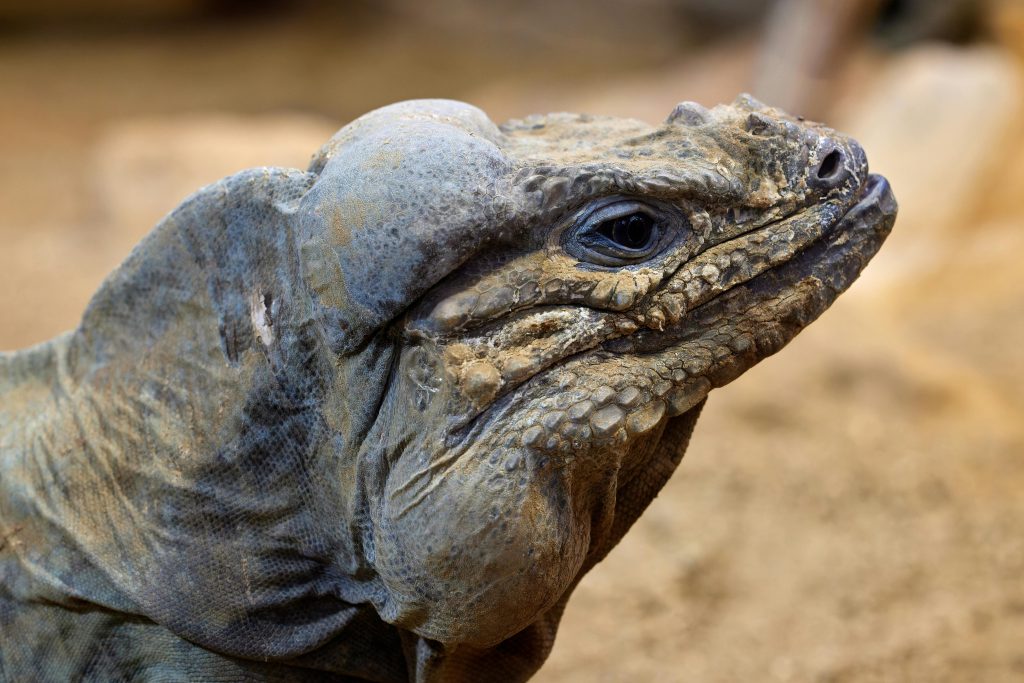
Health and Durability
Rhinoceros Iguanas are hardy reptiles when provided with proper care, but they are susceptible to health issues if their needs are not met.
Common Health Issues
- Metabolic Bone Disease: Caused by inadequate calcium or UVB exposure.
- Respiratory Infections: Often due to improper humidity or ventilation.
- Obesity: Resulting from overfeeding or an imbalanced diet.
Preventative Care
- Maintain proper humidity and temperature levels.
- Provide a balanced diet and clean water.
- Schedule regular veterinary check-ups to monitor their health.
With proper care, Rhinoceros Iguanas can live 15-20 years or more, making them a long-term commitment.
Availability and Cost
Rhinoceros Iguanas are rare in the pet trade and typically available through specialized breeders or reptile expos.
Where to Buy
- Breeders: The best option, as they can provide healthy, well-socialized iguanas.
- Reptile Expos: A great place to meet breeders and see the iguanas in person.
- Pet Stores: Rarely available, and often not the best source for healthy individuals.
Cost
- Iguana Price: $500 to $1,500 or more, depending on age, size, and breeder reputation.
- Setup Cost: $1,000 or more for a custom-built enclosure, lighting, and other supplies.
Pros and Cons
Pros
- Unique and striking appearance.
- Generally docile and tolerant of handling.
- Long lifespan, making them a long-term companion.
- Captive-bred individuals support conservation efforts.
Cons
- High maintenance and demanding care requirements.
- Expensive to purchase and maintain.
- Requires a large, custom-built enclosure.
- Not suitable for beginners or casual reptile keepers.
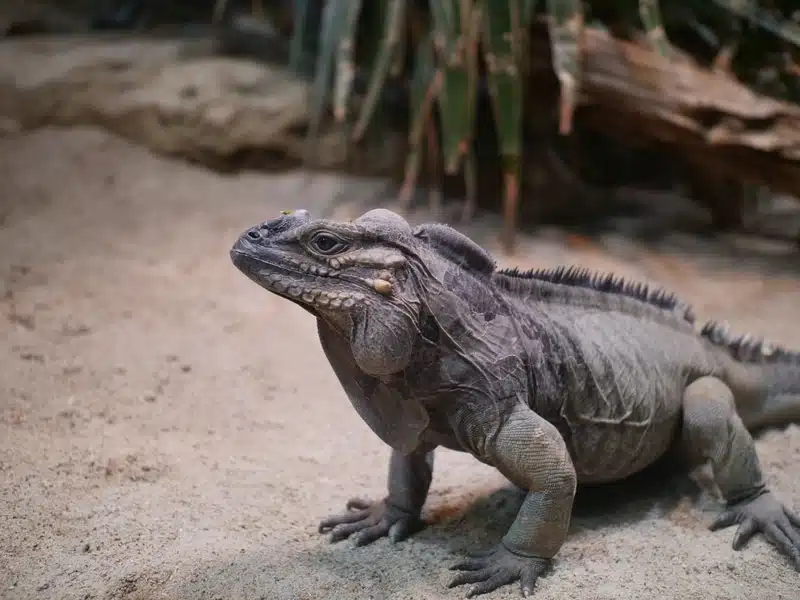
Final Thoughts
Rhinoceros Iguanas are extraordinary reptiles that offer a unique and rewarding experience for dedicated reptile enthusiasts. Their impressive size, prehistoric appearance, and calm demeanor make them a standout choice for those willing to invest the time, space, and resources needed to care for them properly.
However, they are not beginner pets. Their demanding care requirements and long lifespan mean they are best suited for experienced keepers who can provide the commitment they deserve. If you’re ready for the challenge, a Rhinoceros Iguana can become a fascinating and cherished member of your family.
Have you owned a Rhinoceros Iguana? Share your experiences and tips in the comments below! We’d love to hear how you care for your lizard and what makes them special to you.
For more reptile care tips and reviews, stay tuned to our blog and don’t forget to subscribe to our newsletter! 🦖

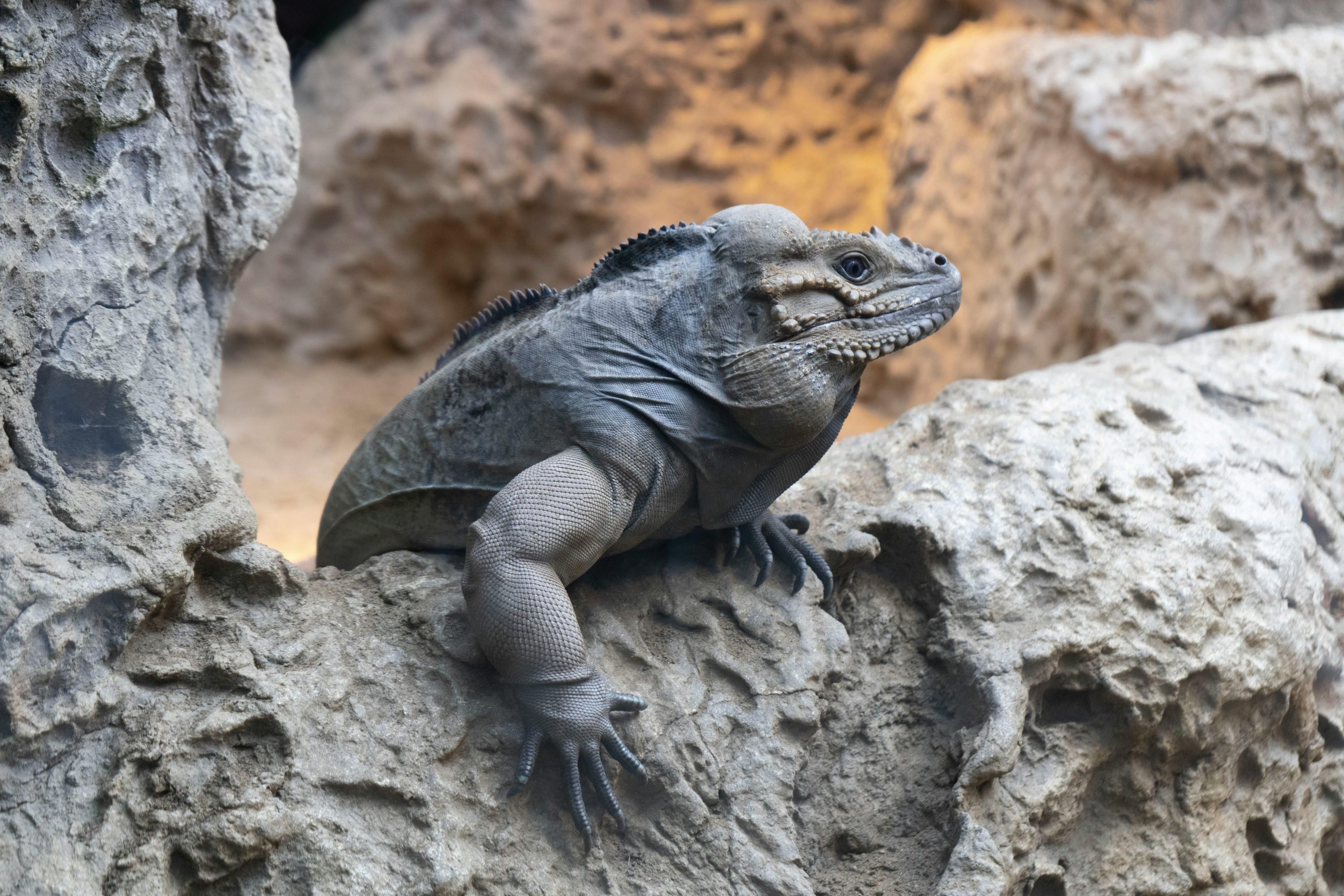

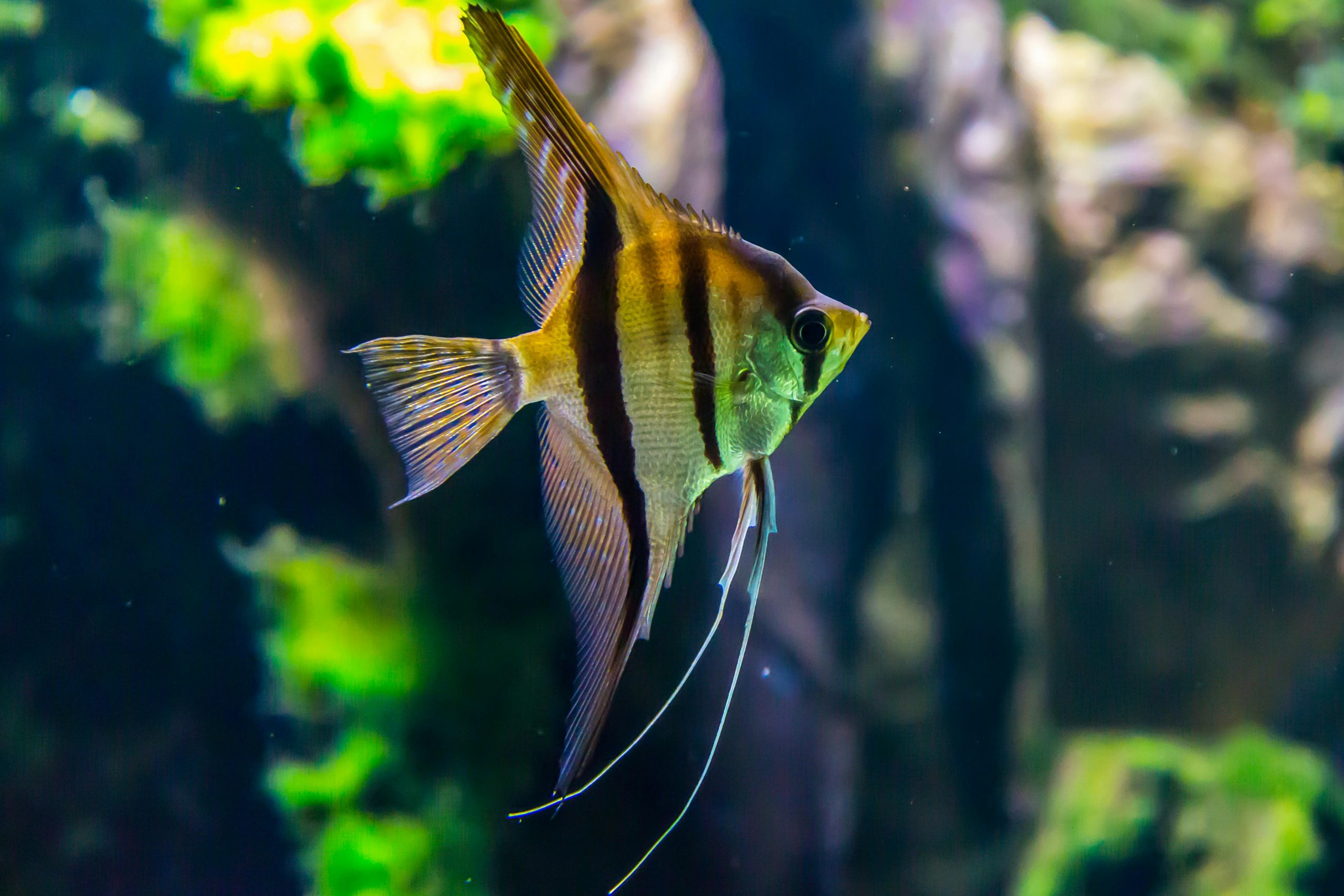
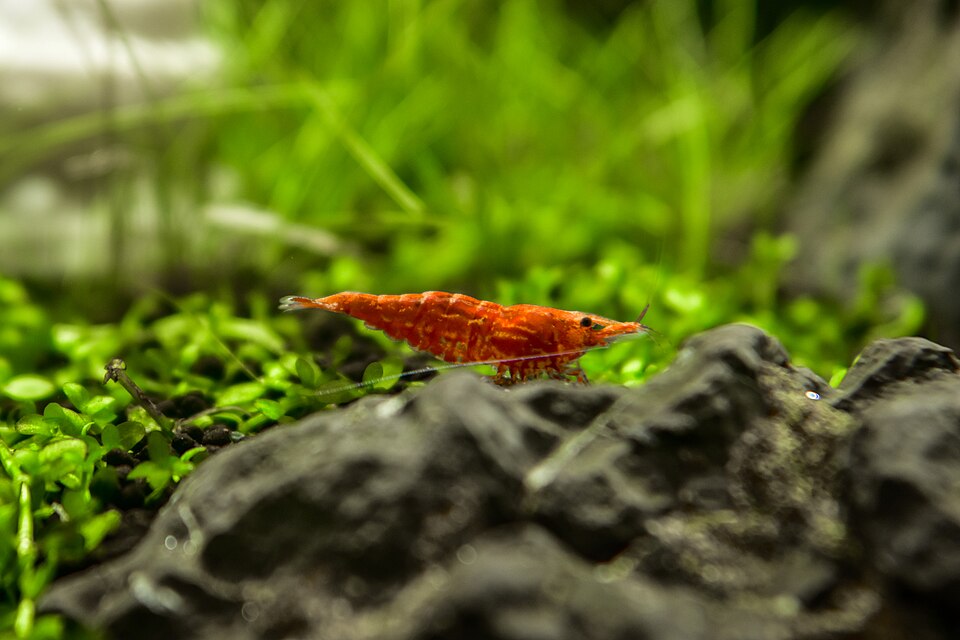

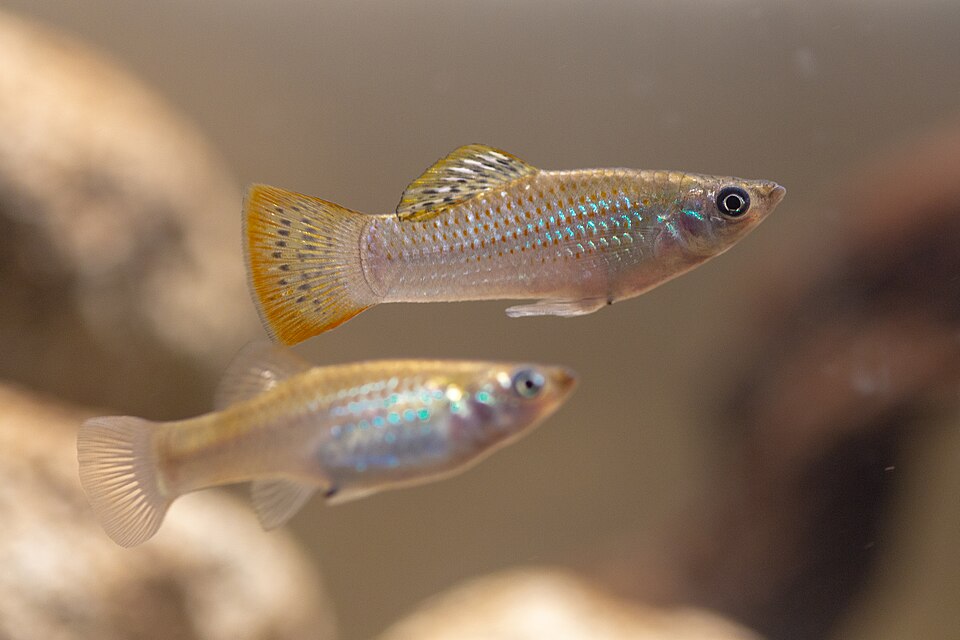
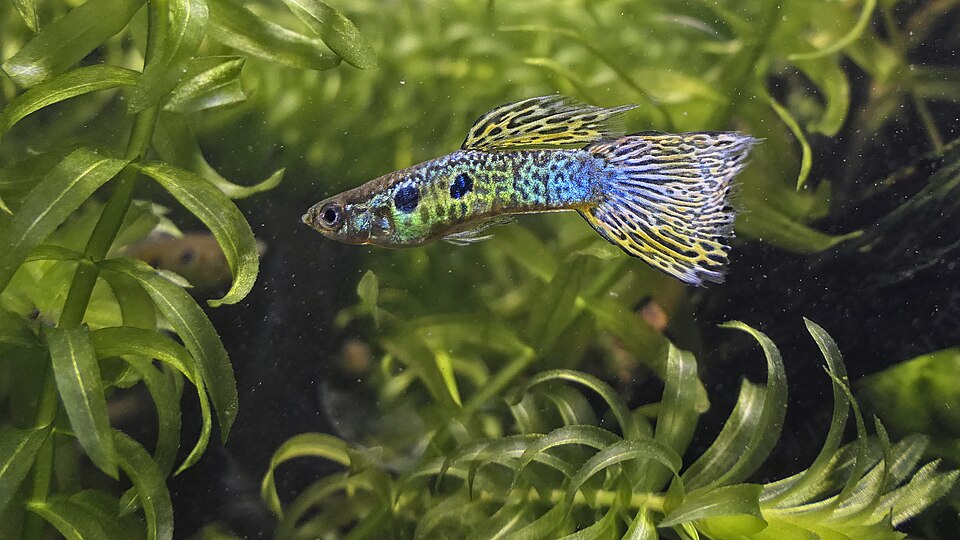
Leave a Reply